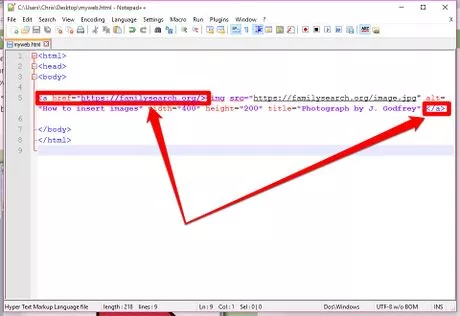
4 Web Design Tips For Micro Websites.
15 February 2022We’ve probably all heard the term ‘micro website’ or ‘microsite’, but how many of us without a web design degree actually know what it refers to or what the purpose of such a site is?
A micro website is a small separate website that is linked to a primary website. Micro websites can be a terrific approach to online marketing because they are easily and quickly established, and can be entirely dedicated to advertising one specific product, function, special offer or service.
One of the main distinctions between micro websites and their parent sites is their specific purpose, as opposed to the broader focus of the main website. Because they are separate from the main website, they can be used to distinctly promote one item, while offering all of the web design features of a larger site that can be used to create a specifically branded image for that product or service, which may differ slightly to the feel of the parent website.
Micro websites can be tailored to target a specific demographic or designed to only be active for a set period of time, as well as provide users with a unique and striking online experience, but they also come with their own set of demands in terms of web design. Here are four web design tips that are important for successful micro websites:
Table of Contents
1. Avoid Clutter
Because of their highly focused nature, it’s extremely important to avoid cluttering the web design of micro websites with unnecessary information or all advantages of the format will be lost. The only information that should be provided on micro websites is that which is specifically directed at the target audience and for the desired effect – most commonly to heighten the visitor’s interest in the product or service being advertised, and to inspire their interaction with the site, for example, by purchasing the product on line, by sharing the information with their friends or entering their own information into a sign-up form that can be stored in a database for future marketing. For this reason, web design for micro websites should not contain too many irrelevant images, fonts, or additional applications that do not direct visitors toward completing the desired activity.
2. Avoid Flash
Avoiding Flash applications is a good idea in any web design, but particularly important with micro websites, which should keep the use of unnecessary applications to the very minimum. Although it may seem that Flash-based micro websites have the ability to make the product or service stand out from online competitors, Flash websites are not the ideal choice for targeting the most potential customers because they don’t operate on most mobile platforms and are far from being search-engine-friendly
3. Do Use HTML
While Flash is a web design ‘no no’ for micro websites, HTML is the script of choice. HTML has been around since the beginning of the web design industry and remains the most accessible methods of creating and publishing information on the web. Because the web design of microsites is predominantly directed at providing specific information regarding one thing only, they need an easily accessible format to carry them up the search engine rankings and ensure they reach the greatest amount of target audience members.
4. Do Include Keywords
Because a micro website is so small, it is more important than ever that strategically chosen keywords and key search term phrases are distributed throughout the written content of the web design in a relatively high density. This will ensure that the micro website has a good search engine ranking despite its size. Professional web design companies will be able to carefully achieve the appropriate keyword placement in a micro website to maintain the marketing message while focusing on search engine optimisation.




















